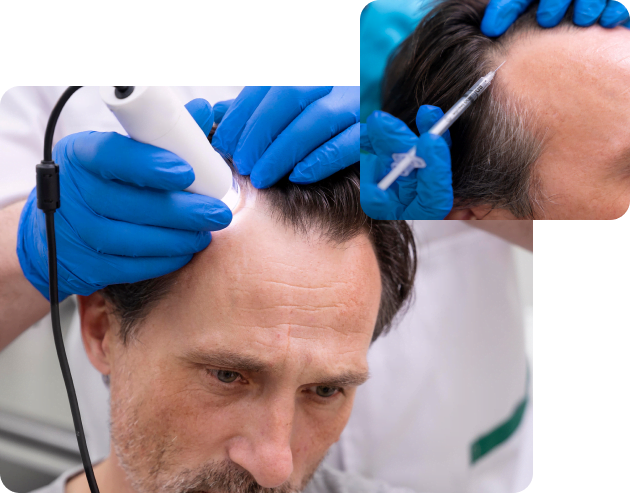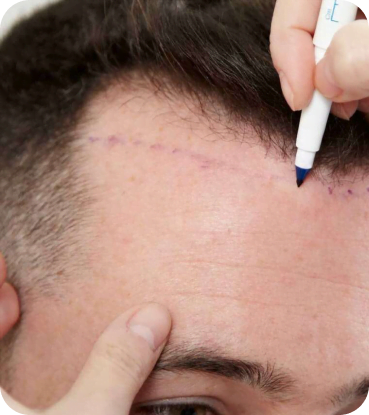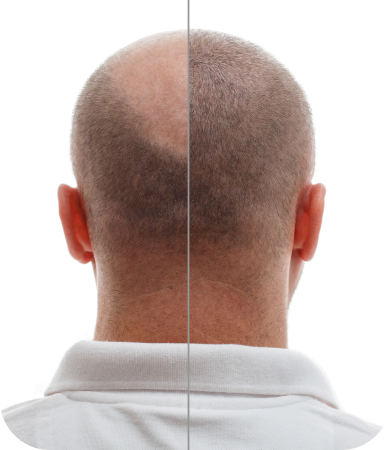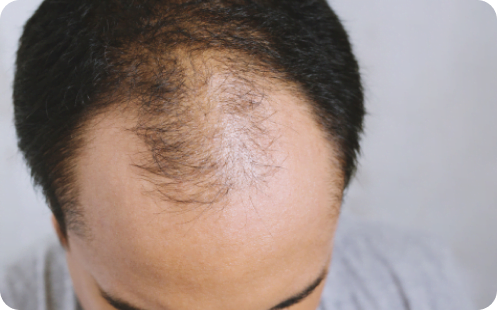Your Personal Hair Restoration Consultation
A skilled and trained hair transplant physician will define various hair loss treatment options available and will recommend which technique will likely offer the best chances of success in your case.
Dr. Stefan Thiele believes in the importance of the ability to recognize the patient’s condition, opinion, and beliefs. He creates an intimate and harmonious relationship with his patients that helps him understand their feelings and communicate well with them.
Dr. Thiele conducts a preliminary consultation wherein he shows before-and-after pictures of previous patients who have gone through different types of hair restoration treatment. He examines what hair loss methods or treatments you’ve used in the past, as well as the level of success obtained by these treatments.
After understanding the history of your hair loss, Dr. Thiele can now create a specific plan so you can reap the benefits of a revolutionary hair loss technique.
Remember, when seeking hair restoration treatment, choose a hair transplant surgeon with vast experience to give you the specialized care you deserve.




